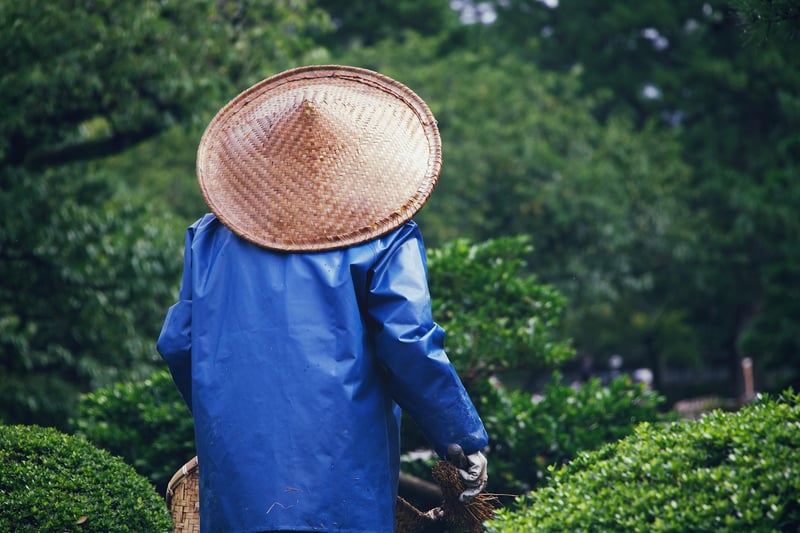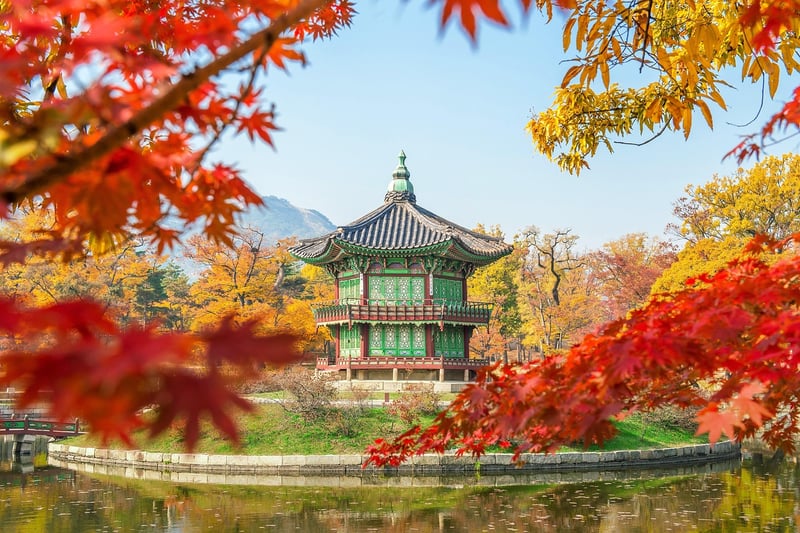Soil Selection
Gardening Tips for Small Spaces: Maximizing Growth in Limited Areas
Introduction
Are you an urban dweller or someone with limited outdoor space looking to cultivate a green thumb? Don't let space constraints deter you from enjoying the benefits of gardening. With the right techniques and soil selection, you can grow a variety of plants even in small areas.
Maximizing Growth in Limited Spaces
When working with limited space, vertical gardening is your best friend. Utilize walls, fences, and trellises to grow climbing plants like beans, peas, or cucumbers. Hanging baskets and wall-mounted planters are excellent options for herbs, strawberries, and flowers, adding a touch of greenery to your surroundings.
Soil Selection
Choosing the right soil is crucial for successful gardening. In small spaces, where containers or raised beds are often used, opt for a high-quality potting mix. Look for a mix that provides good drainage to prevent waterlogging, essential for healthy root growth.
Factors to Consider When Selecting Soil:
- Water Retention: Ensure the soil retains moisture but doesn't become waterlogged.
- Nutrient Content: Select soil enriched with organic matter or use fertilizers to provide essential nutrients to your plants.
- pH Levels: Check the pH of the soil to match the plant's requirements for optimal growth.
- Aeration: Good soil structure allows air to reach the roots, aiding in respiration.
Recommended Soil Mix for Small-Space Gardening
An ideal soil mix for small-space gardening consists of:
- 1 part peat moss or coconut coir for moisture retention
- 1 part perlite for drainage
- 1 part compost for nutrients
Conclusion
With the right approach and soil selection, small-space gardening can be a rewarding experience. Experiment with different plants, utilize vertical space, and enjoy the beauty of nature right at your doorstep.

